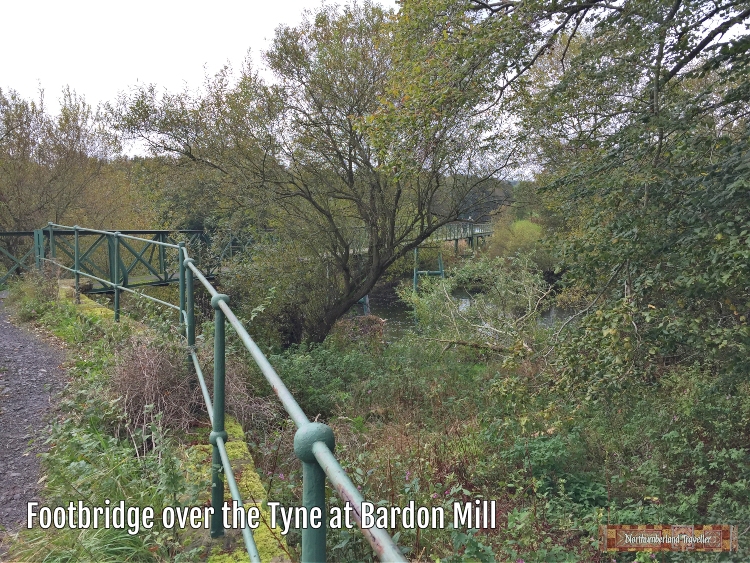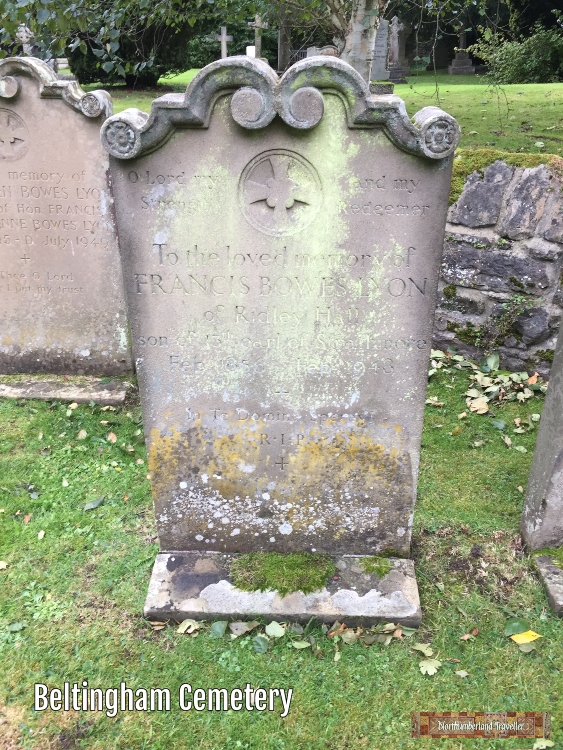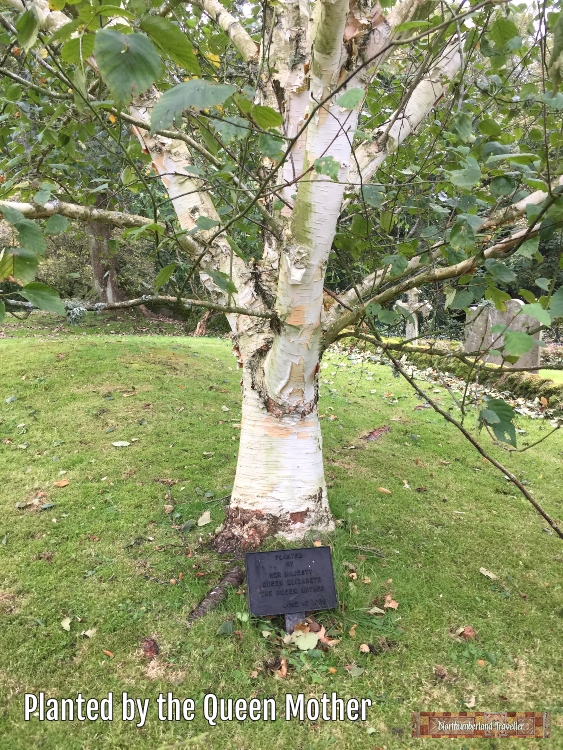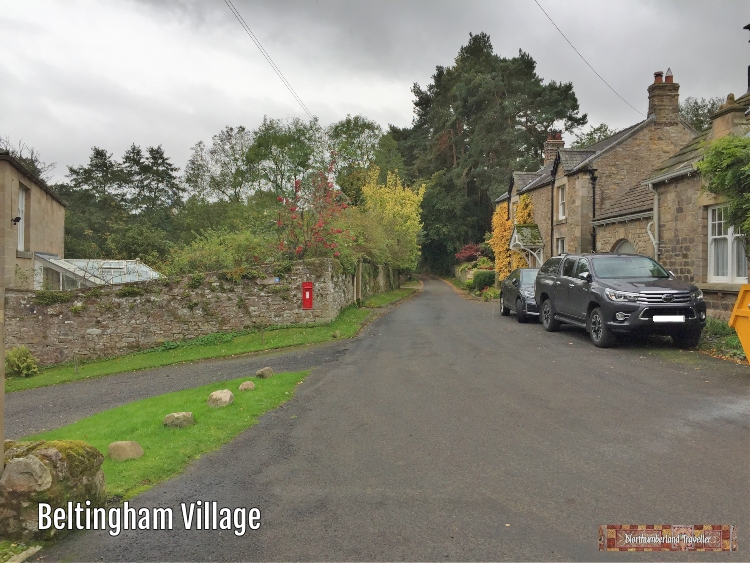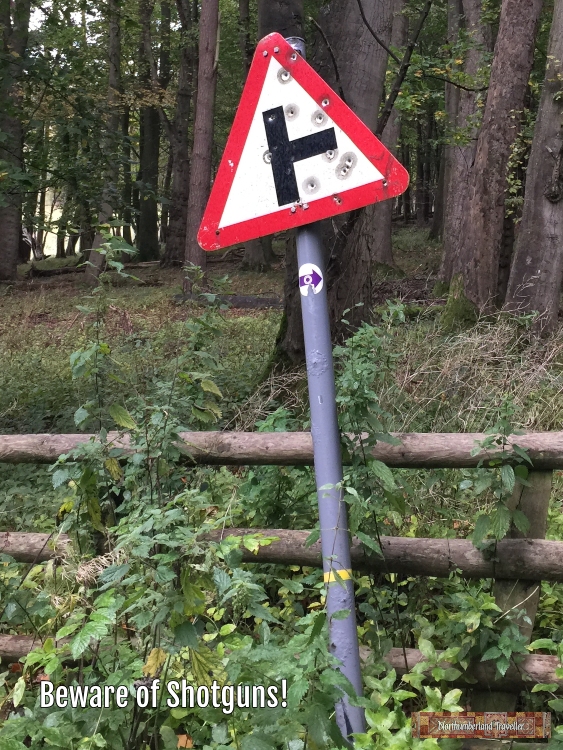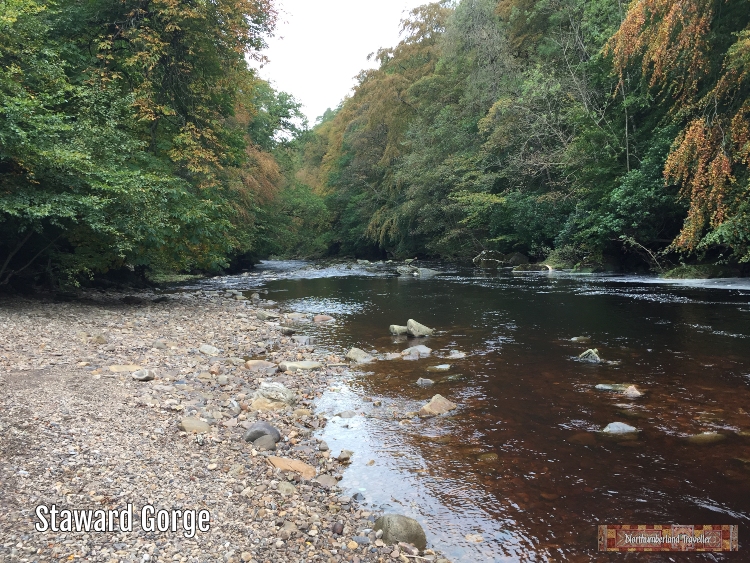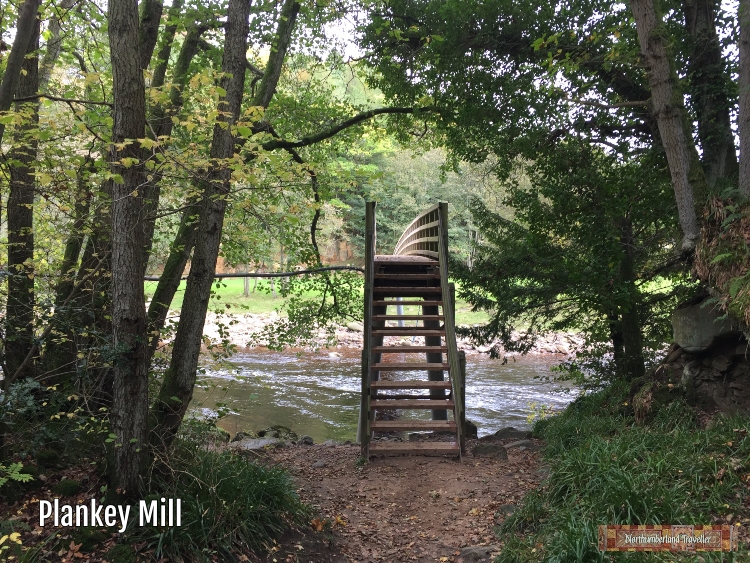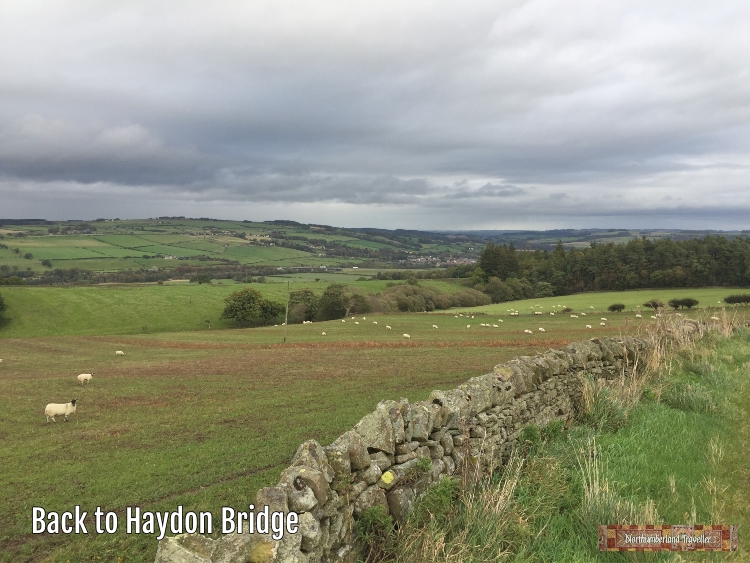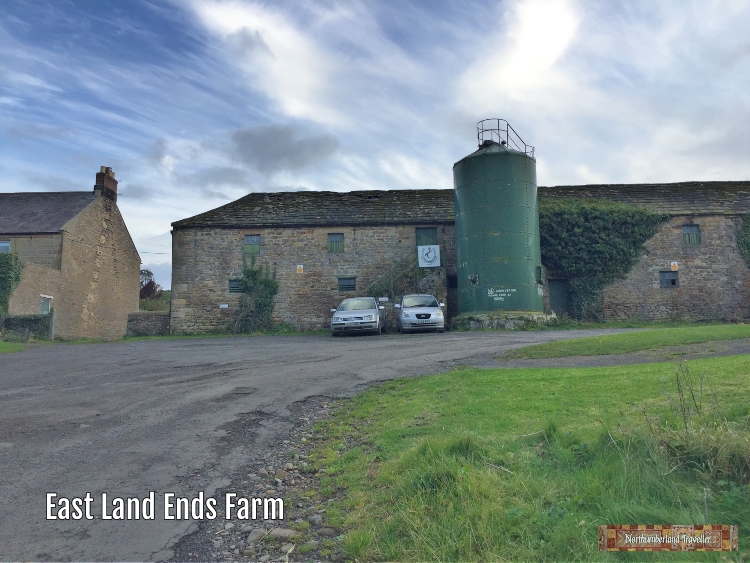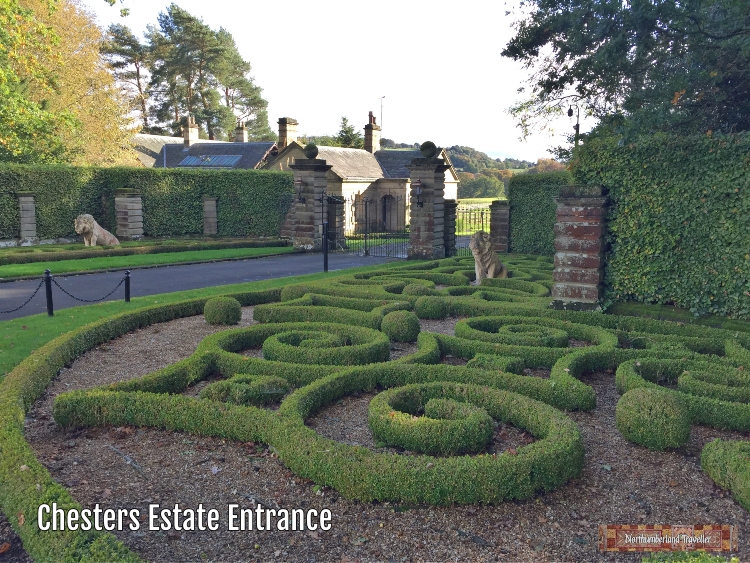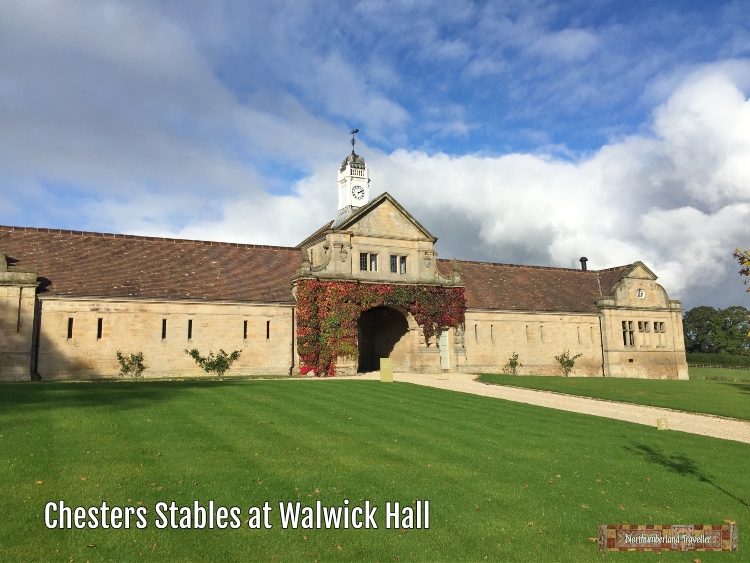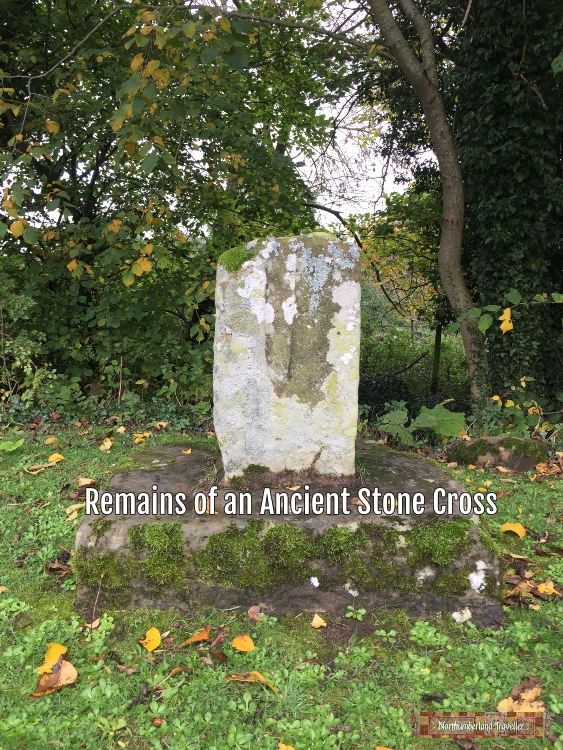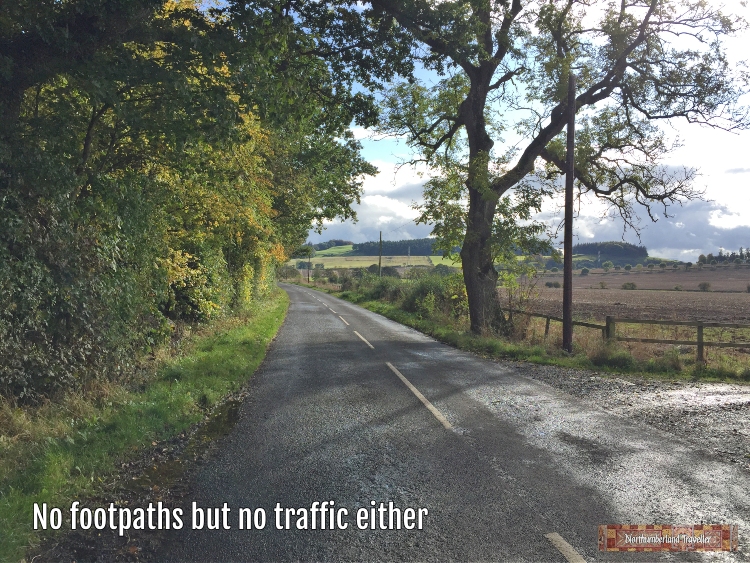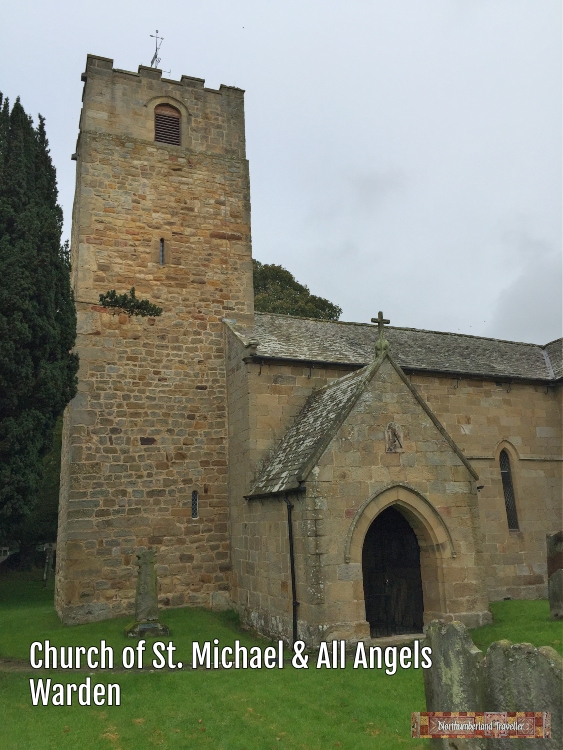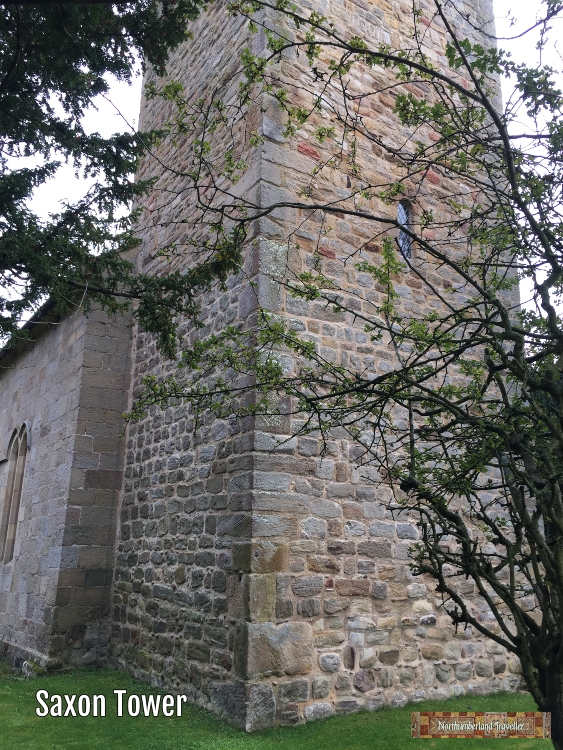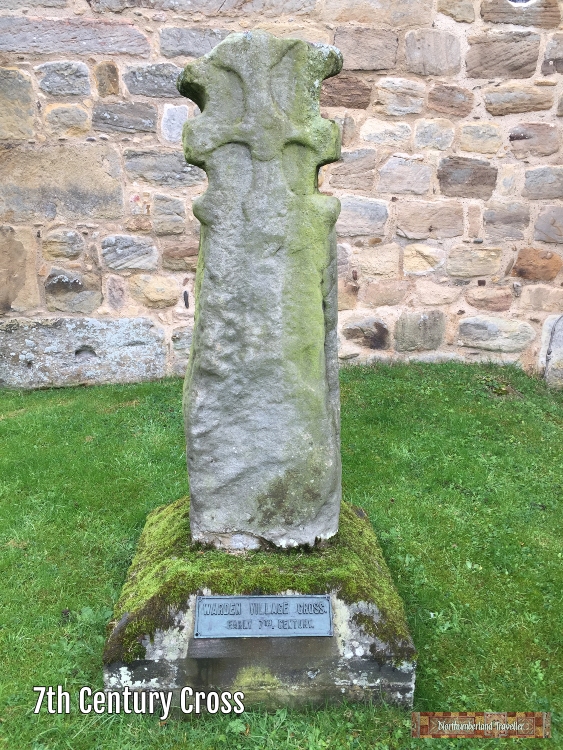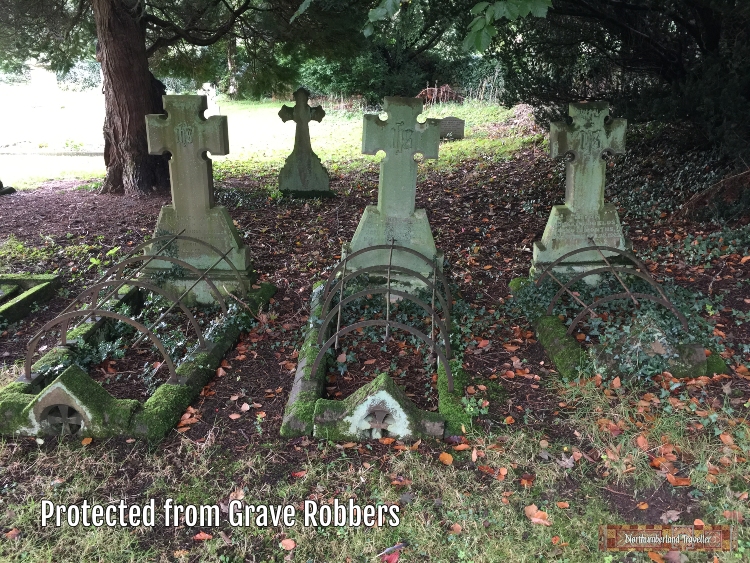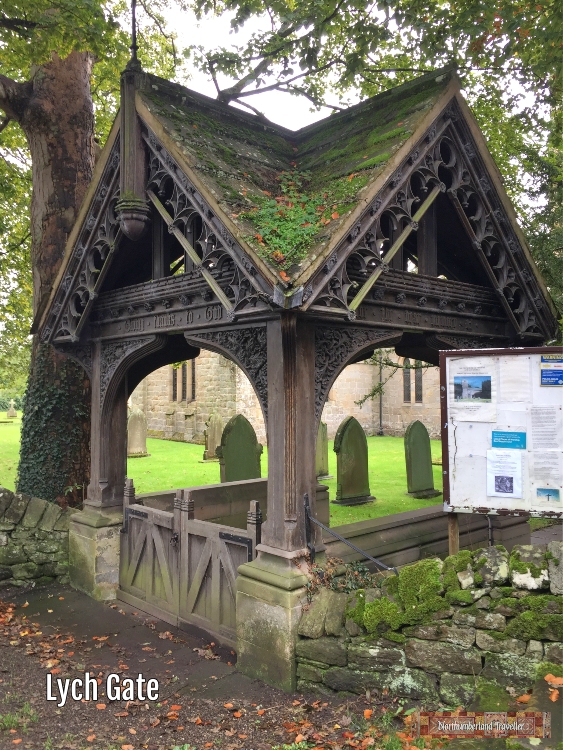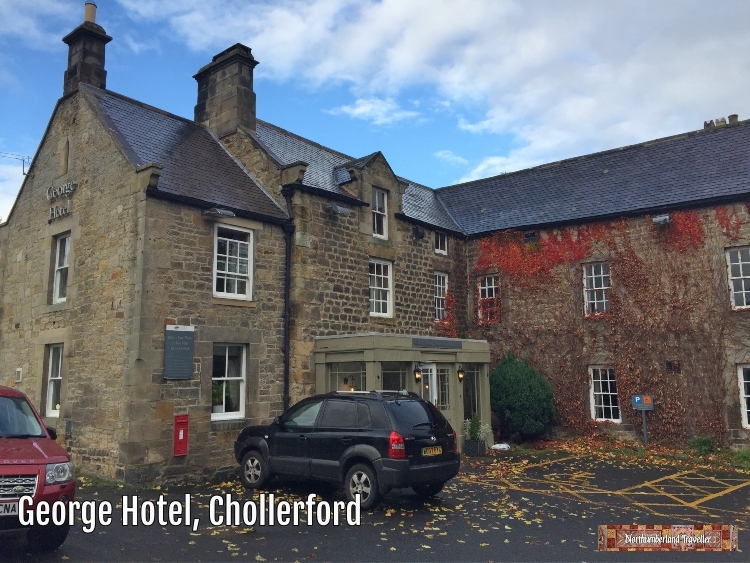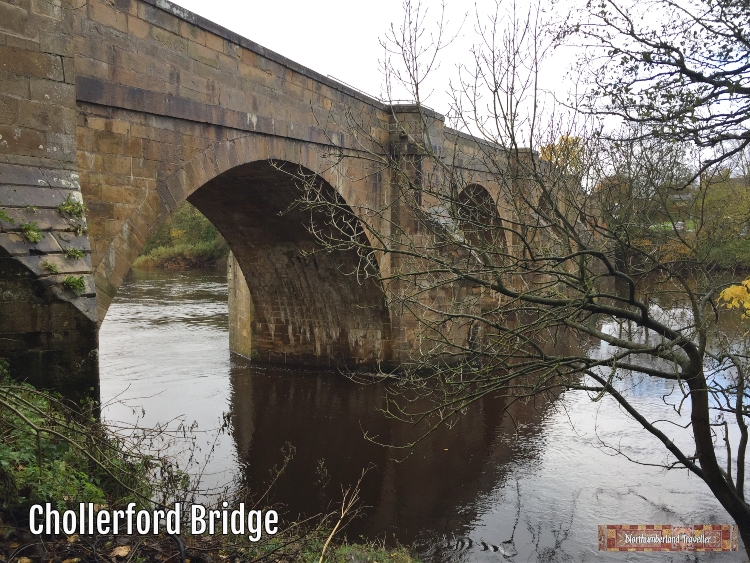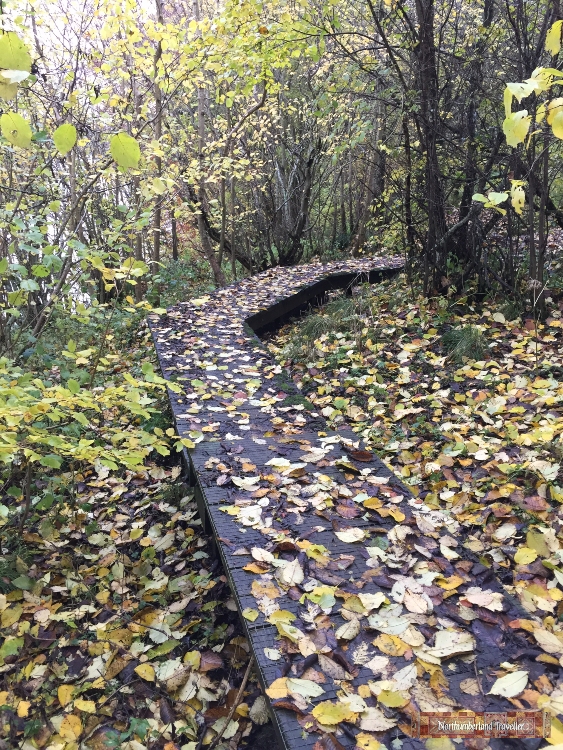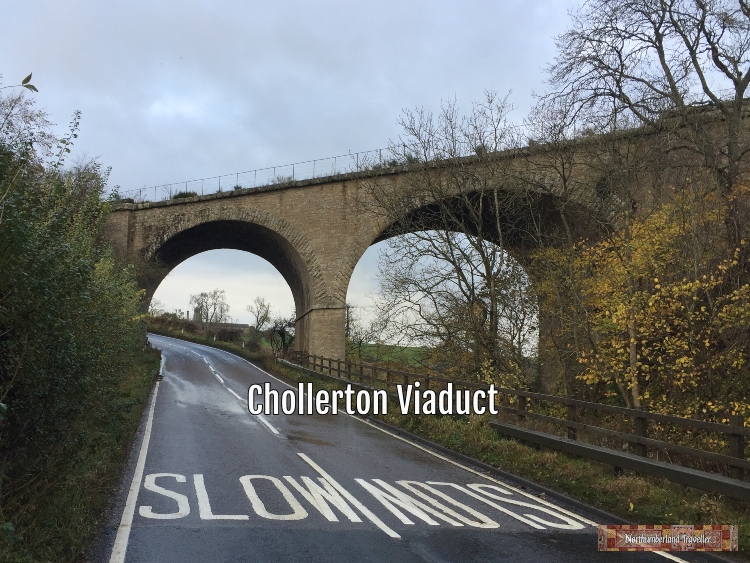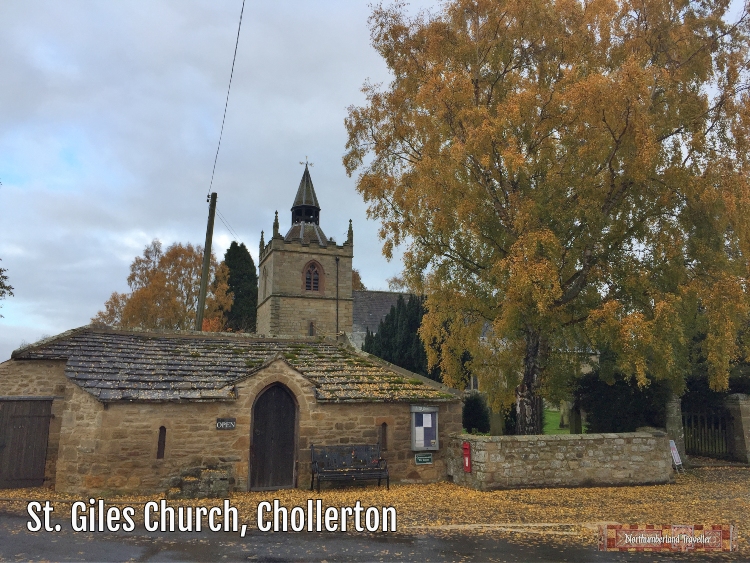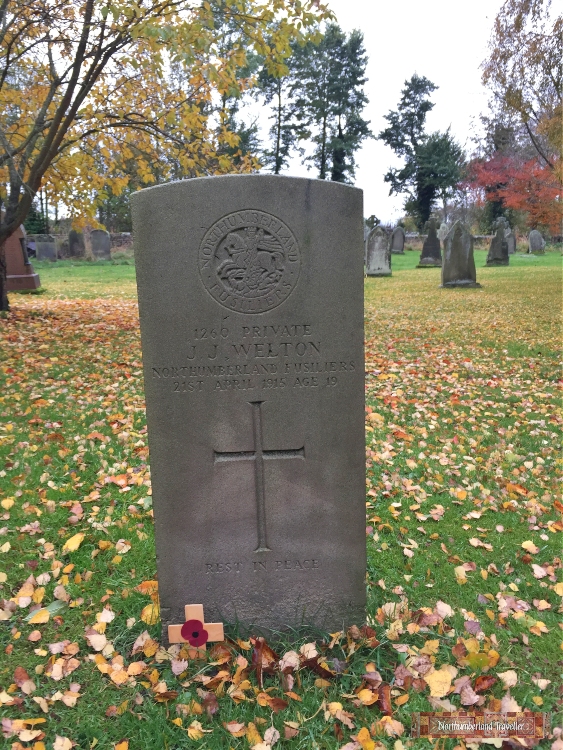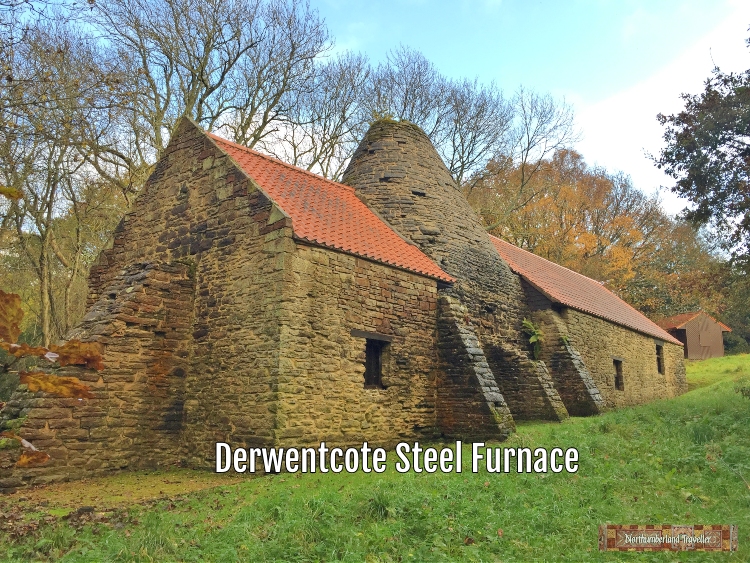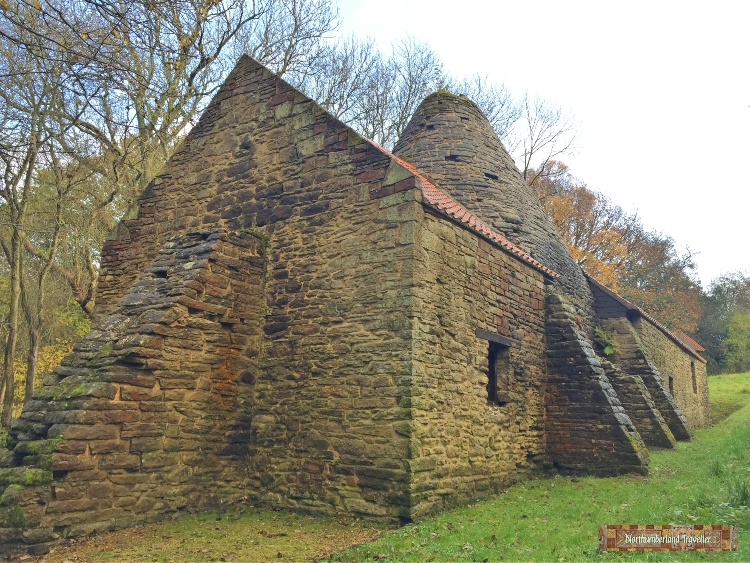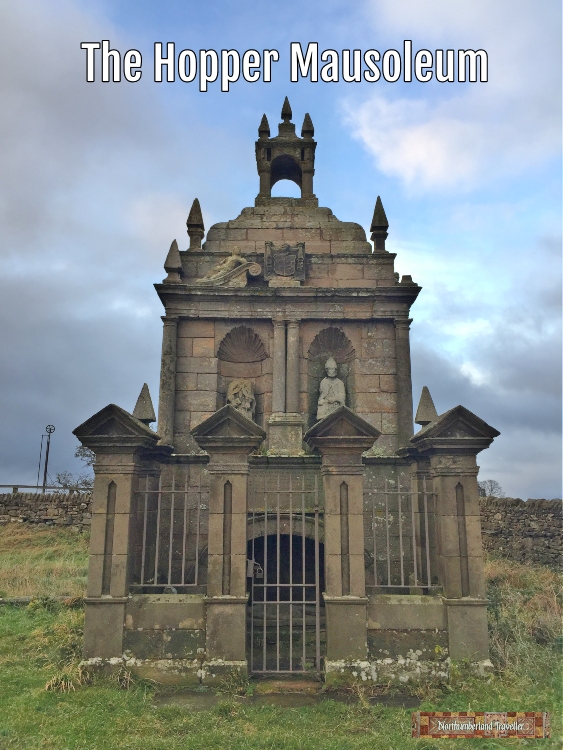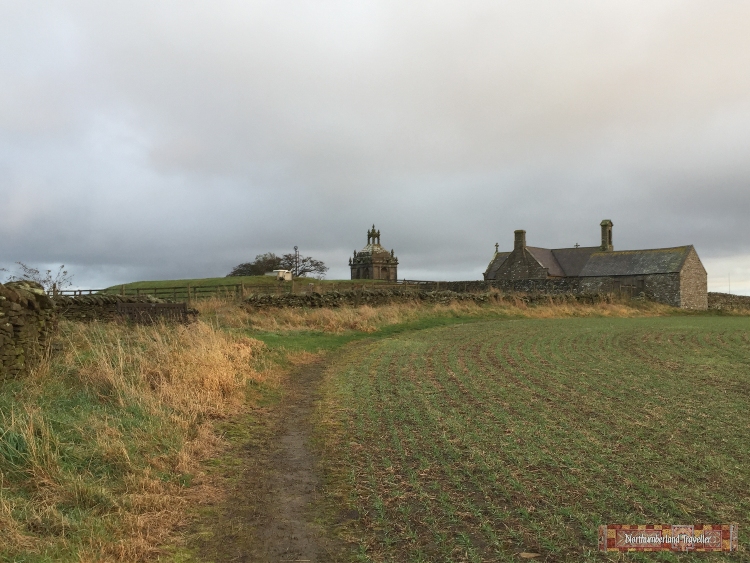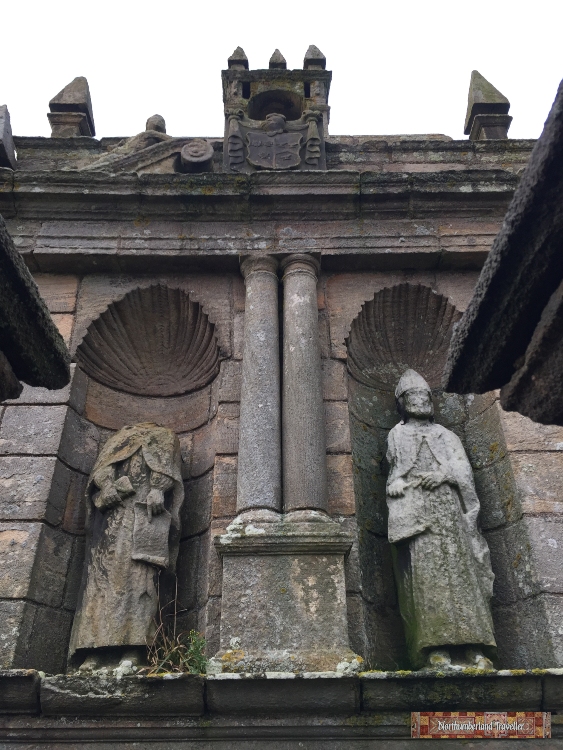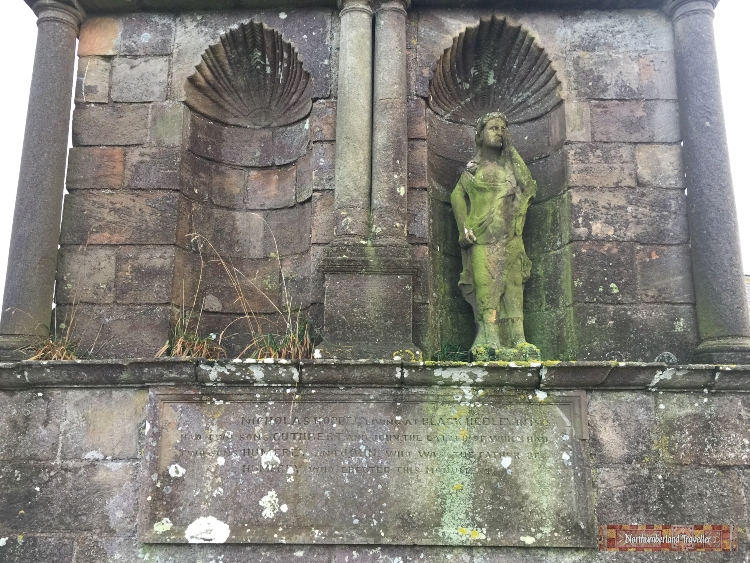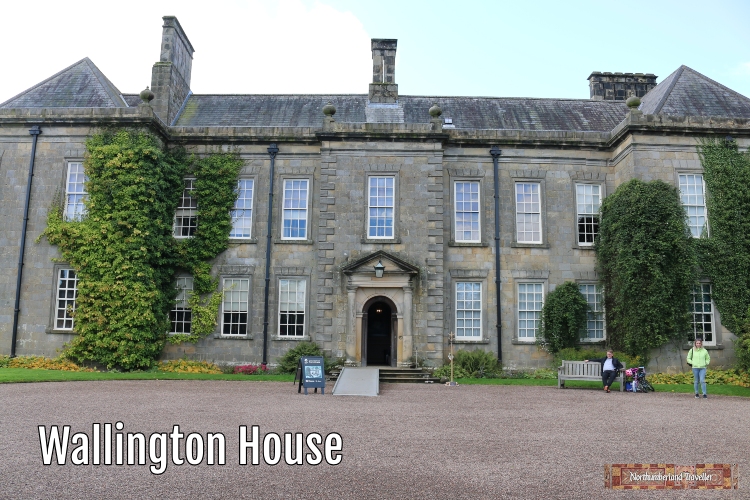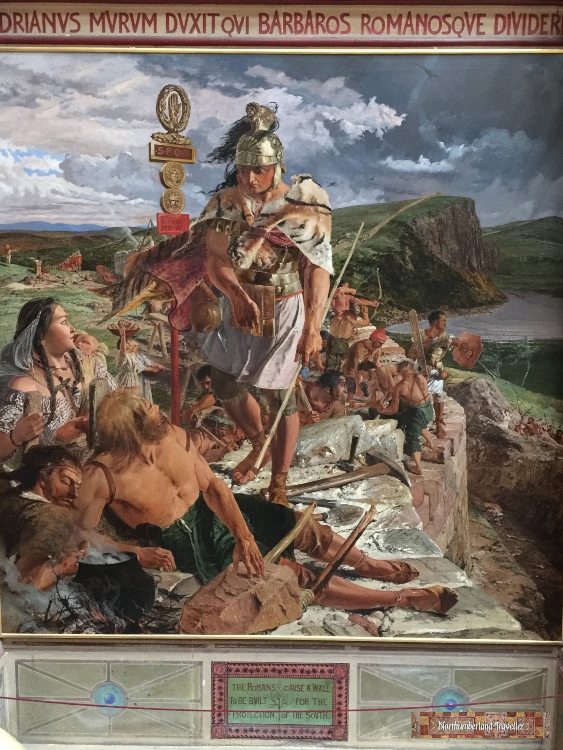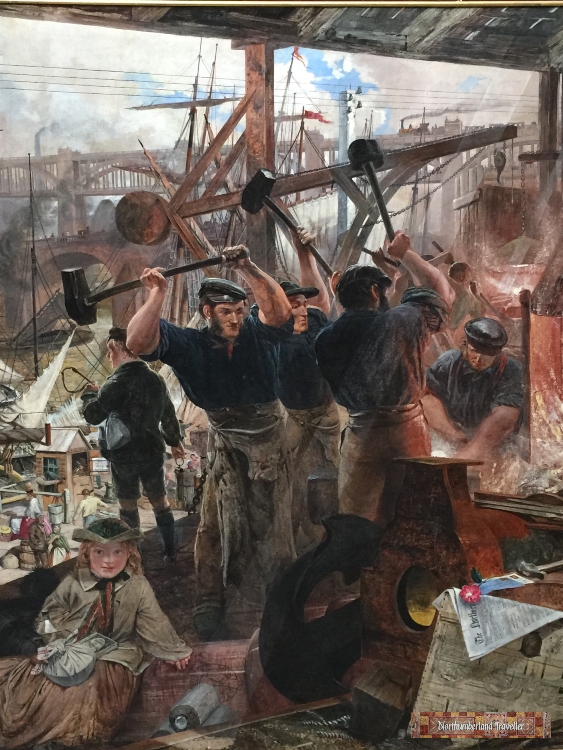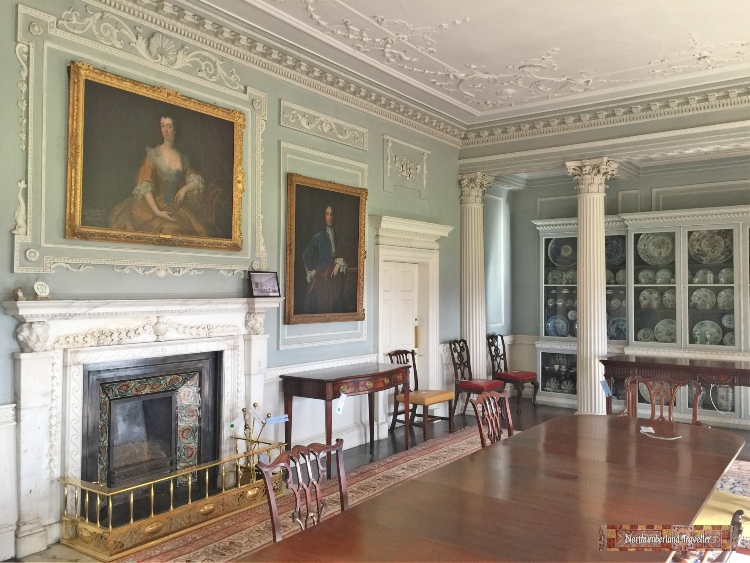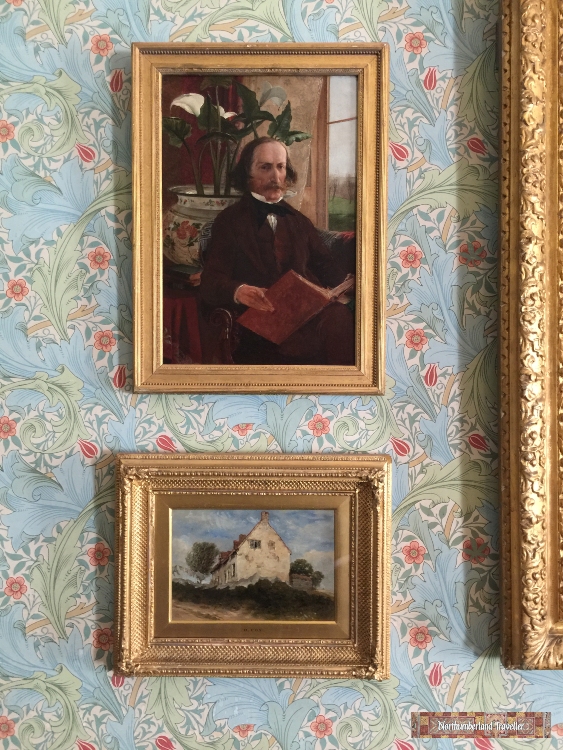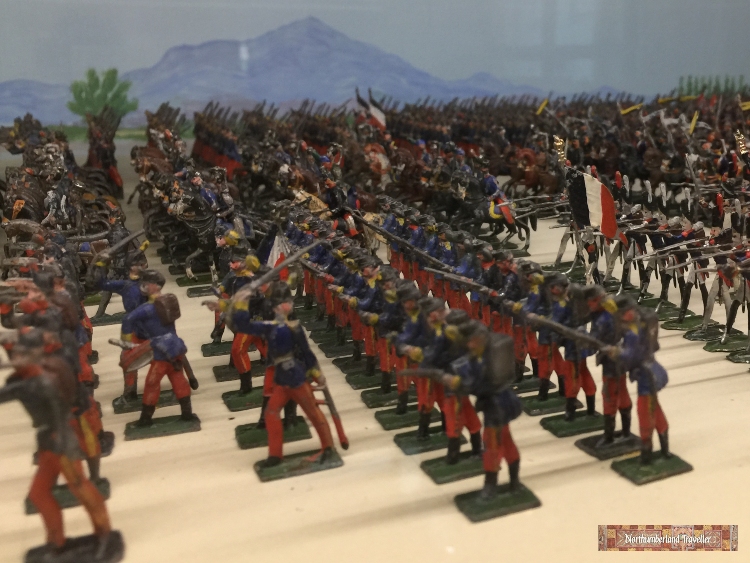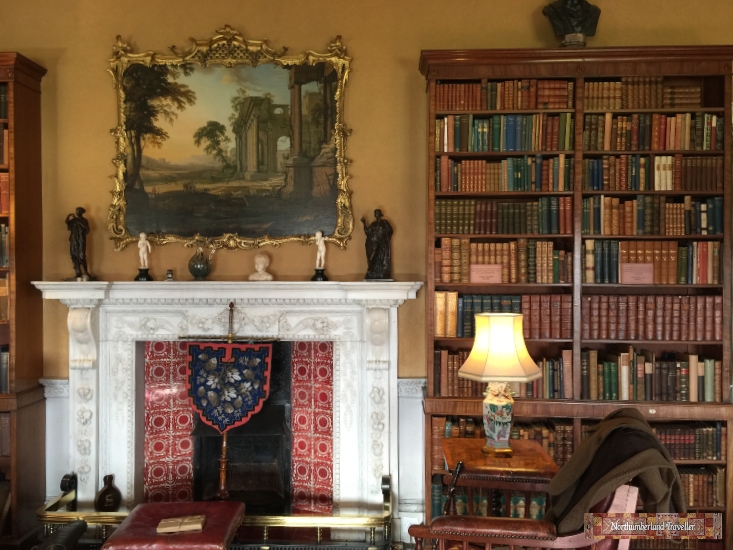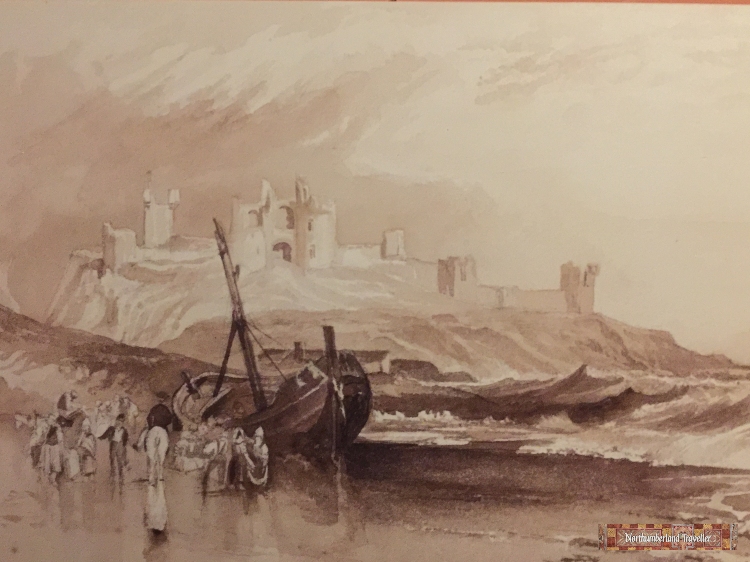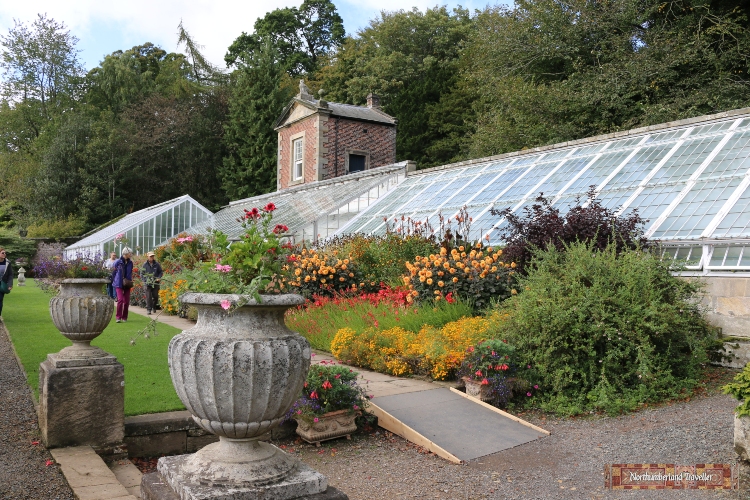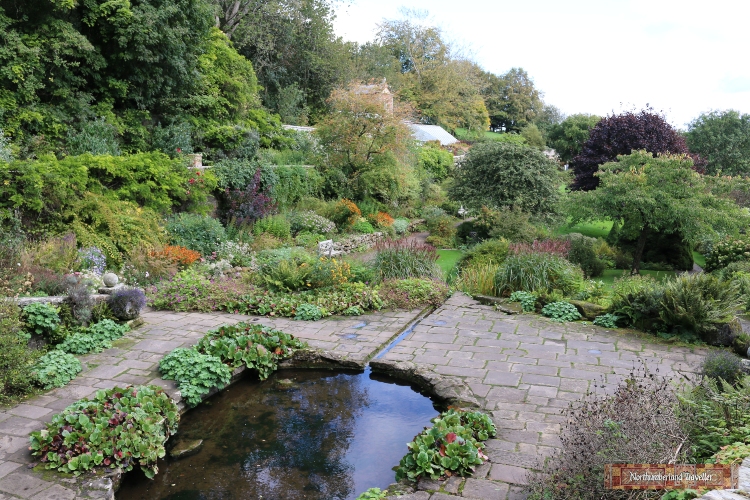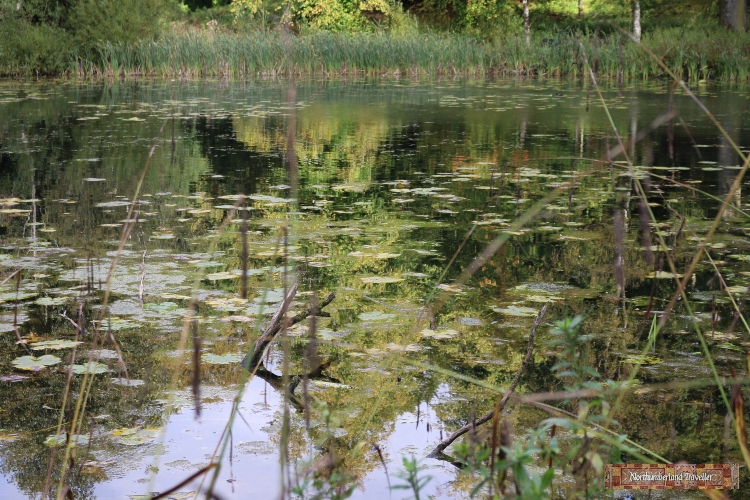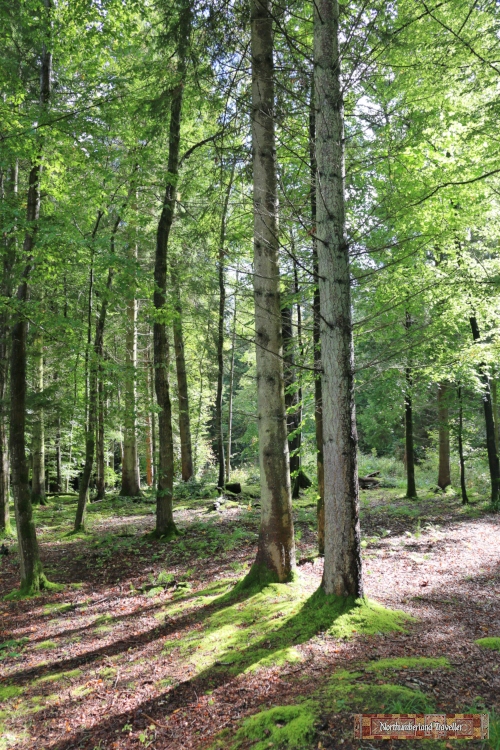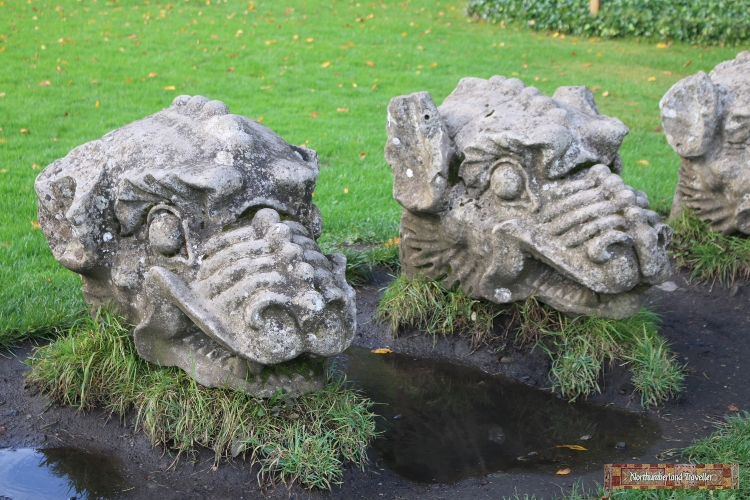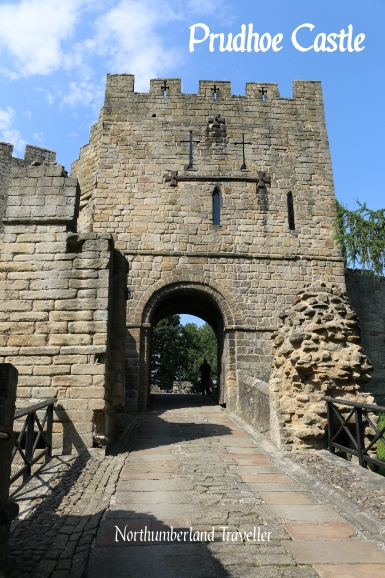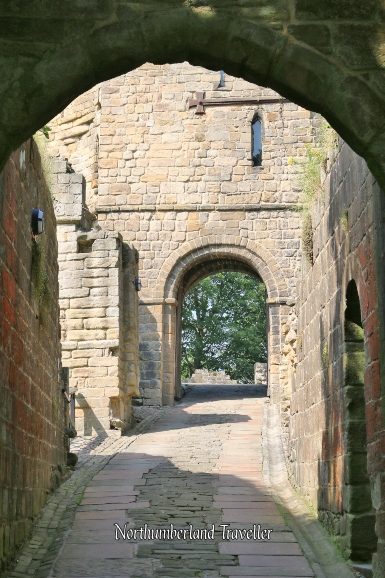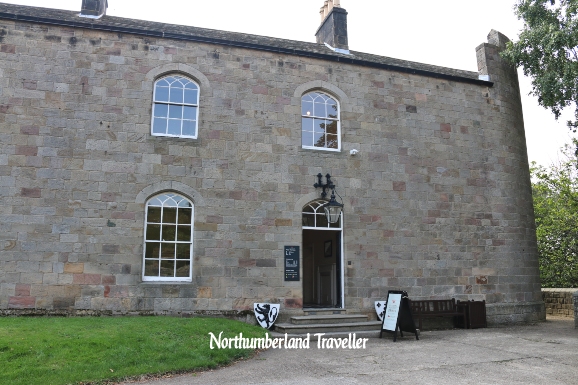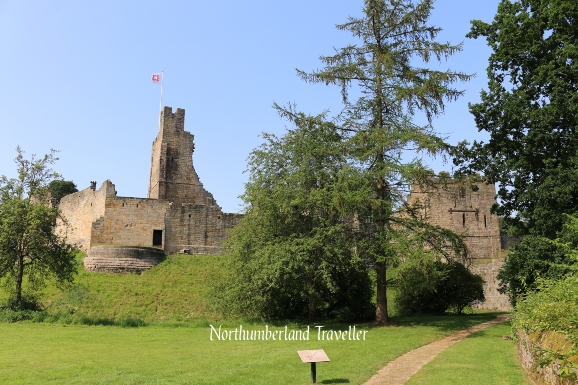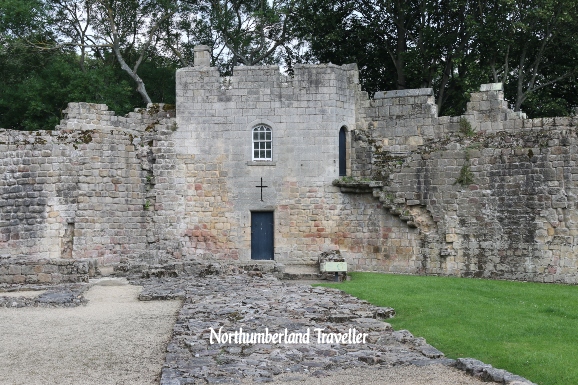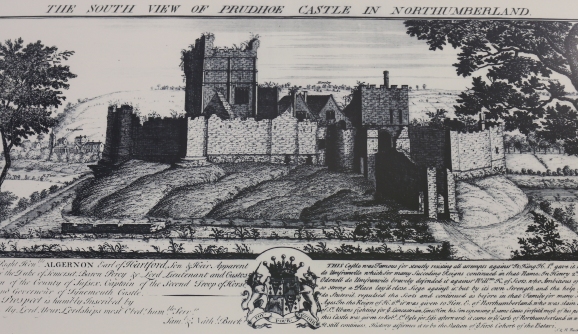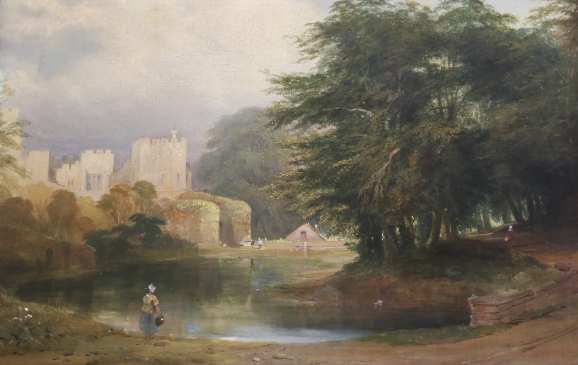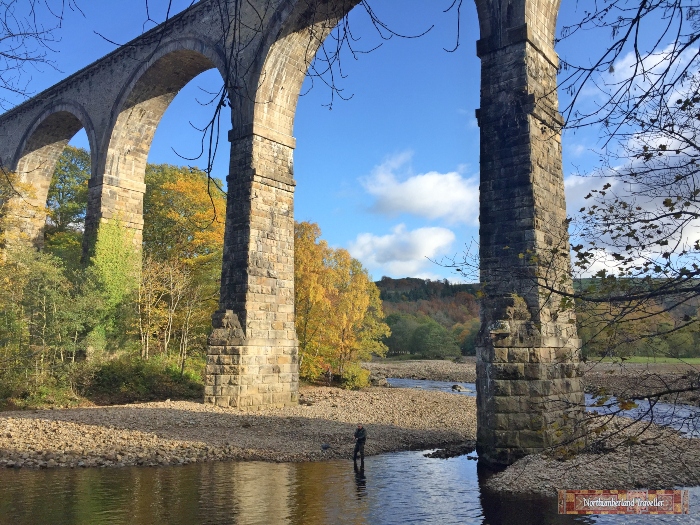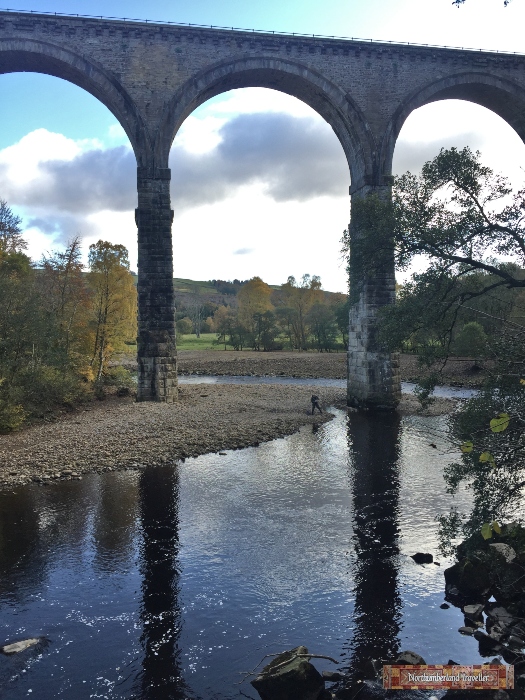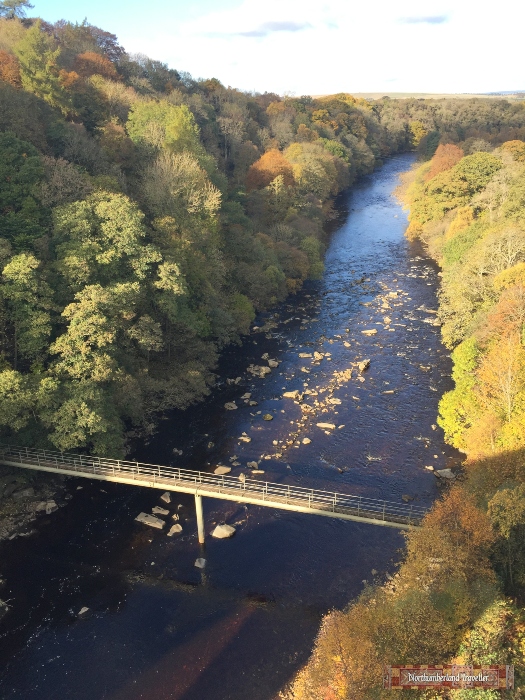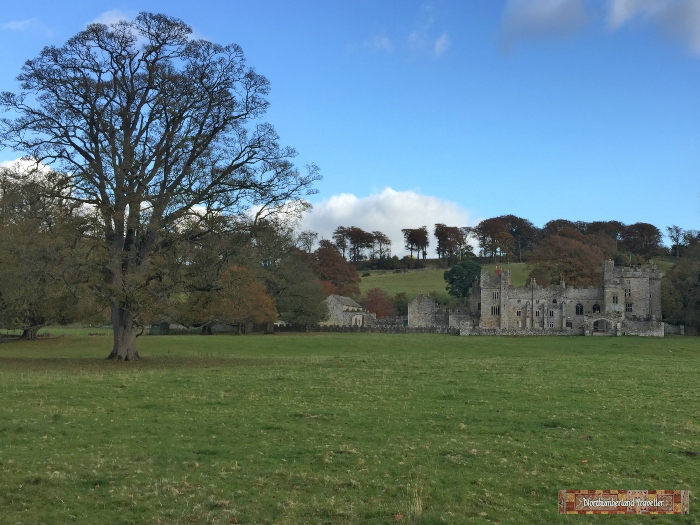
This Newburn to Scotswood Walk is a 2.9 mile (one-way) section of the Daft As A Brush trail.
This may not be the most scenic stretch of the the River Tyne Trail passing as it does though an industrial and business park but nevertheless there are some points of interest. I even saw a seal here!
Please note I am not providing detailed maps or instructions of the route. You will find all that in Daft As A Brush’s book. You can buy a copy here with proceeds going to support the charity’s good works.
Start Point
Tyne Riverside Country Park. There is plenty of free parking here.
End Point
B&Q Newcastle-Scotswood.
Highlights

On the riverbank next to the car park is the site of the Battle of Newburn Ford between the the Scots and English in 1640. Before the Tyne was canalised in the late 19th century it was possible to cross the river here at low tide and if the Scots could break the English defences here they could cross the river and attack Newcastle from the less well-defended south side. They succeeded in doing so and entered Newcastle in triumph on 30th August 1640. King Charles I had to pay a ransom of £200,000 to the Scots to get the city back.

On both sides of the river here are boathouses for various rowing clubs; Tyne Amateur Rowing Club, Tyne United Rowing Club and Newcastle University Boat Club.

The logo for the Tyne Amateur Rowing Club (founded in 1852) features an image of the River God Tyne. The three strands of his beard represent the three sections of the river – River North Tyne, River South Tyne and River Tyne.

The sign of the nearby Boathouse pub (which was closed and boarded up) depicts a coxed four competitive rowing team. The wall of the pub bears inscriptions marking the high water levels reached in historic flooding events including the Great Flood of 1771 when the whole ground floor would have been under water.

A blue plaque on the same building records that from 1798 to 1801 George Stephenson was in charge of Robert Hawthorn’s new pumping engine at Water Row Pit, where George’s father, Robert was fireman. The old cottages at Water Row were demolished in the 1930s as part of slum clearance and only the Boathouse remains.

From here the River Tyne Trail passes through a rather dreary industrial estate, including a Warburtons bread factory before emerging onto a riverfront embankment walkway called Newburn Riverside.

I was surprised to see a seal wallowing in the mud here. I didn’t know they venture this far upriver (maybe 15 miles from the sea).
Nearby Attractions
Lemington Glass Works Cone (now a showroom for Stanegate Stoves)
Newburn Motor Museum

